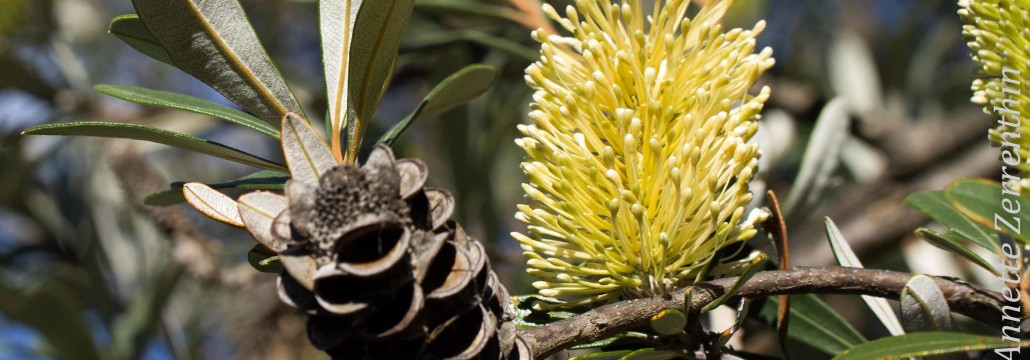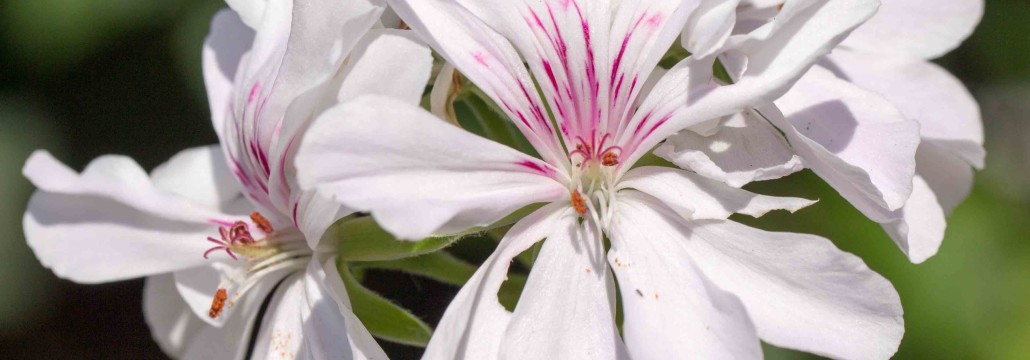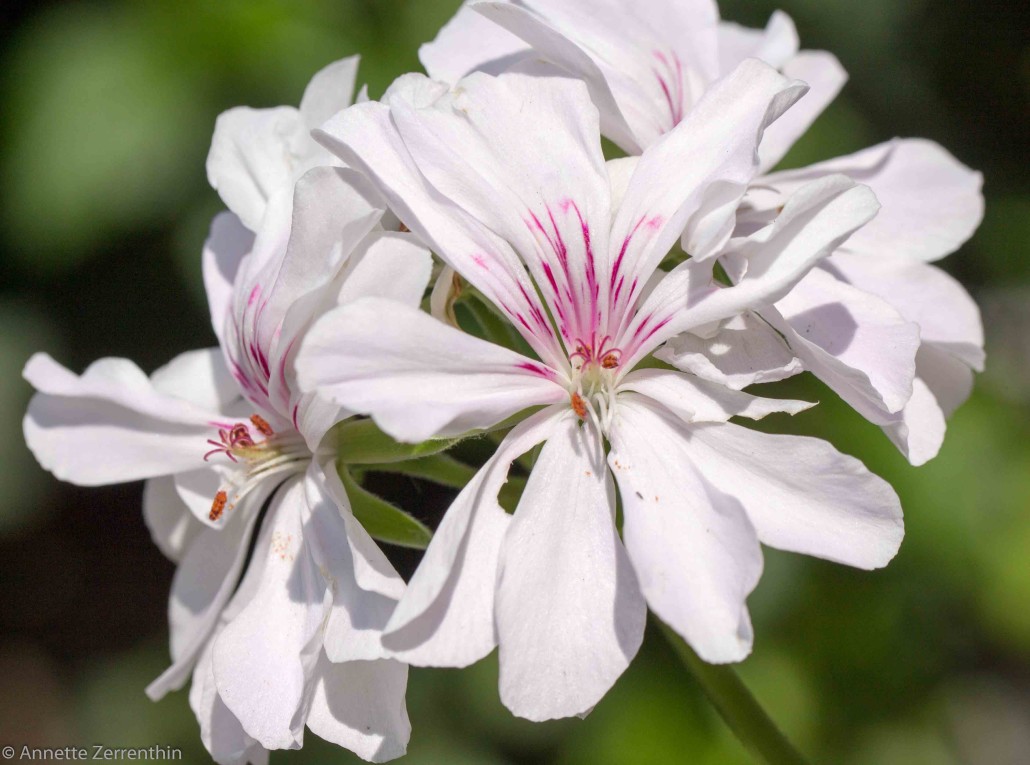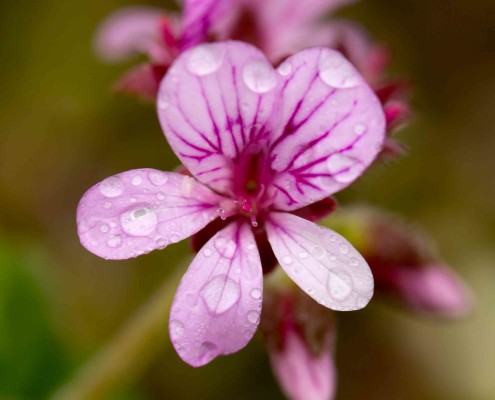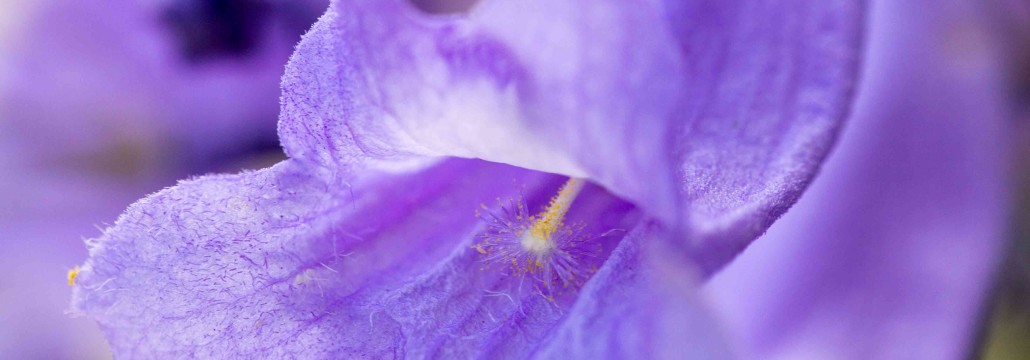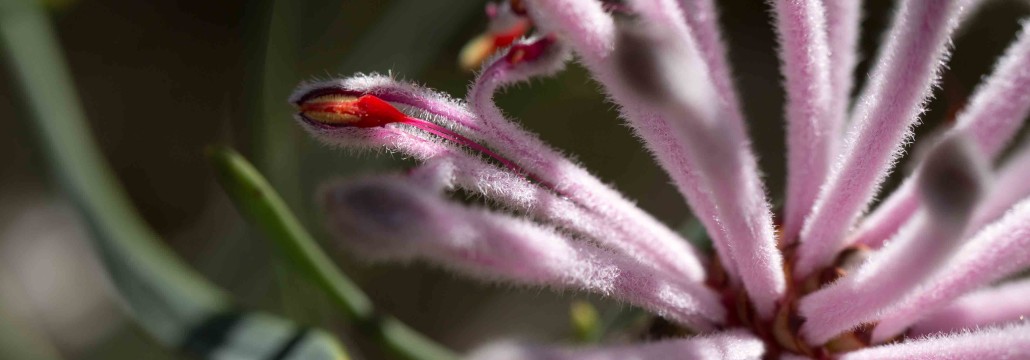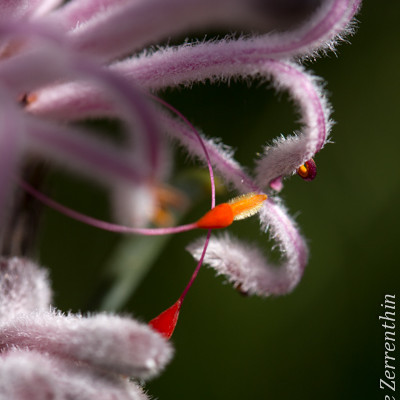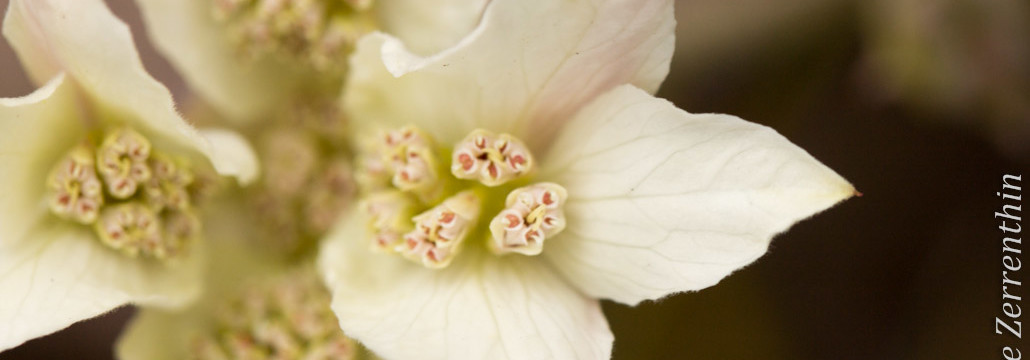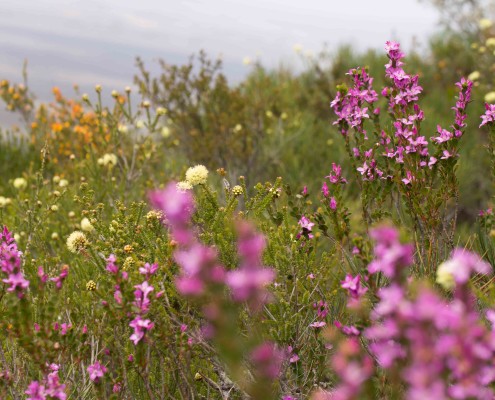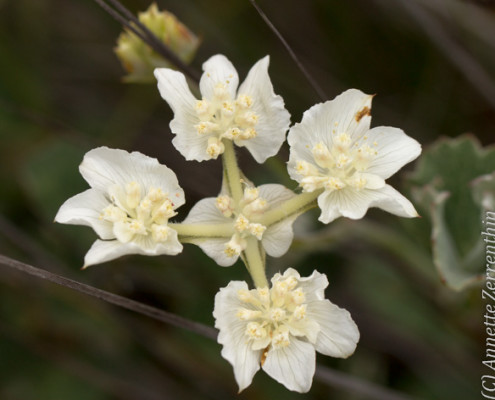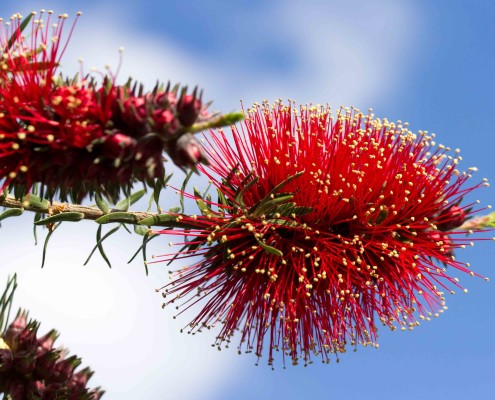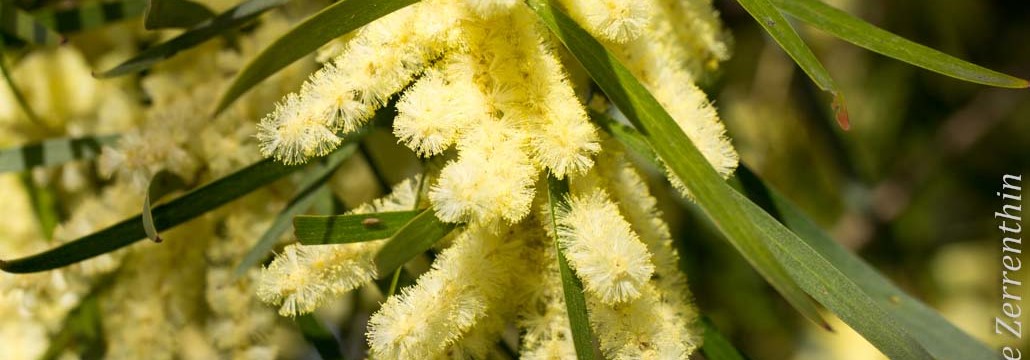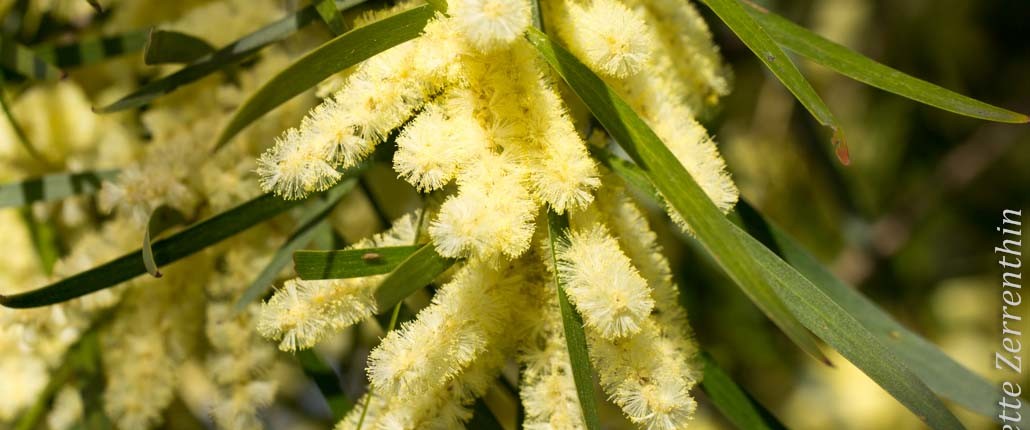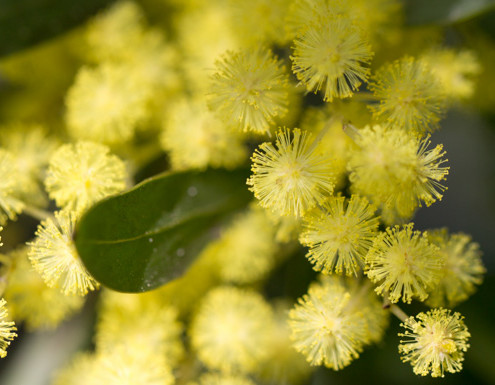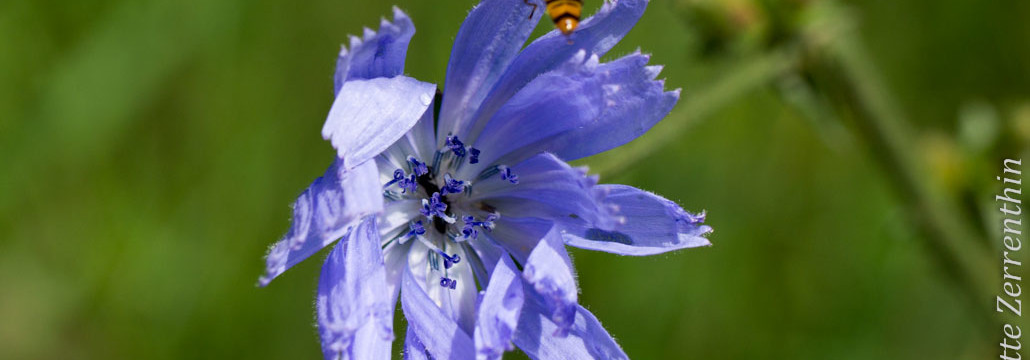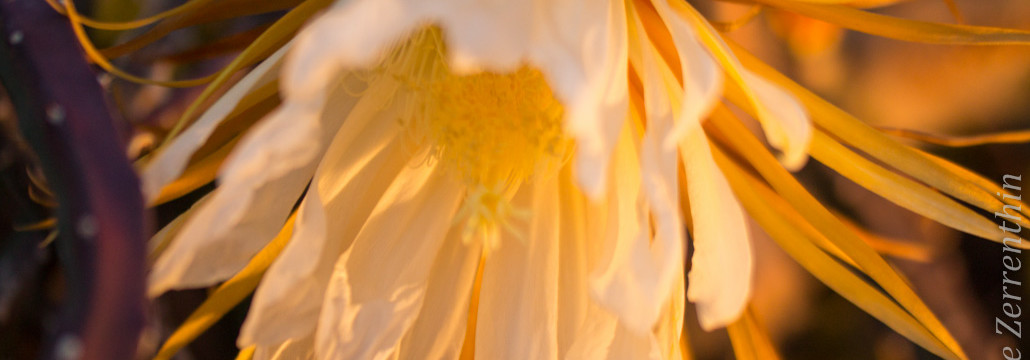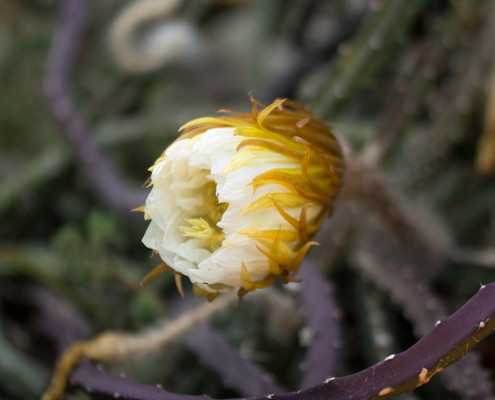Posts
Much Ado About Geranium … or was it Pelargonium?
I found a treasure at the St Kilda Night Market on Valentine’s Day, a lovely Peppermint Geranium (Pelargonium tomentosum) from the HERBS2HEALME stall.
The scent when touching the leaves is just like fresh peppermint. What got me hooked into buying was the tip from the grower to use it in baking to infuse chocolate cake with a peppermint flavour. Both, leaves and flowers are edible and add flavour to sugars, jellies, lemonade and teas. Medicinally it can be used for its astringent properties as a poultice for bruises and sprains.
Having known of rose geranium (Pelargonium graveolens) a world opened for me to explore the many scented varieties that mimic the scent and flavour of the botanical world, e.g., cedar wood, cinnamon, nutmeg, apricots, orange or ginger. Scented geraniums were introduced to England from South Africa in 1632 and it took until the 1840’s to be discovered by French perfume makers.
The Geraniaceae family is a family of perennial herbs and shrubs of 7 genera and about 750 species globally distributed in mostly temperate zones. The genera of Geraniums and Pelargoniums are the Rosencrantz & Guildenstern of the plant world and commonly used interchangeably however they are different genera. To ease confusion GardenWeb has a good description of the differences for you:
“True geraniums, also known as cranesbills, referring to the shape of the fruit, for the most part have symmetrical flowers with ten fertile stamens. Most Pelargonium have bilaterally symmetrical flowers with up to seven of the ten stamens fertile. True Geraniums have a different seed dispersal technique than Pelargoniums. Geraniums fling their seeds away while Pelargonium seeds float away on the breeze and usually have a ‘feathered ‘ end that Geraniums don’t have. Of course, you can only see this when they are producing seeds.
Pelargoniums are tender perennials and occur naturally almost entirely within South Africa. Leaves of true geraniums are usually deeply divided and cut while those of most groups of pelargoniums are not. Pelargoniums also have rather thick, succulent stems, originating as they do from areas where they have to withstand summer drought, whereas geraniums have the appearance of ‘normal’ herbaceous perennial plants, a mounding form of many many slender stems arising from a central core, and fibrous roots.”
Native to Australia are three genera and about 36 species and this native pelargonium was photographed in Porongurup National Park in Western Australia.
Geranium essential oil is distilled from the flowers and leaves of pelargonium odorantissimum (apple-like fragrance) or graveolens (rose aroma), see below.
The oil is widely used by the perfume industry as it can be made to imitate most fragrances. As with all essential oils the list of properties is long and includes for example analgesic, antidepressant, antiseptic, diuretic, insecticide, tonic, vasoconstrictor which support our mind and body in the following ways:
Mind: Tonifies the nervous system and reduces stress through its action on the adrenal cortex.
Body: Regulates the endocrine system and is effective for premenstrual tension and menopausal problems. A tonic for the liver and kidneys to clear the body of toxins. It’s diuretic properties help to guard against fluid retention and swollen ankles. Indicated for throat and mouth infections.
Skin: Balances and tones the skin. Used for acne, bruises, broken capillaries, burns congested skin, oily complexion, mature skin, insect repellent, wounds.
In her book ‘Bach-Blueten und 52 neue Bluetenessenzen’ Dr. Cornelia Alber-Klein indicates Geranium flower essence (geranium perforatum) to be used when wanting to break through confined social or moral life circumstances. It frees a person from the burden of external pressure having to conform to social and moral constrains to nurture oneself and satisfy one’s own needs. It allows for space and playfulness in relationships that have grown stale.
References: Dr. C. Alber-Klein, R. Hornberger. Bach-Blueten und 52 neue Bluetenessenzen. Edition Tirta, 2005. J. Lawless. The Encyclopedia of Essentail Oils. Thorsons, 2002. W. Sellar. The Directory of Essential Oils. Vermilion, 2oo1. D. Greig. Field Guide to Australian Wildflowers. New Holland, 2012.
© 2013. Annette Zerrenthin
Jacaranda – Focus, the key to concentrate your power
In late Spring Melbourne’s streets and gardens are bathed in the intense lilac colour of flowering Jacaranda’s.
The tree’s origin is South America, especially Brazil and Argentina but Jacarandas can now be found in subtropical and 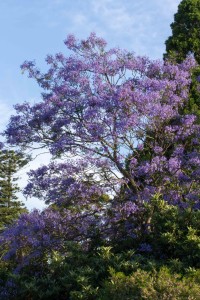 tropical countries across the world. The genus Jacaranda comprising of around 50 species is part of the Bignoniaceae plant family of mostly tropical plants and shrubs.
tropical countries across the world. The genus Jacaranda comprising of around 50 species is part of the Bignoniaceae plant family of mostly tropical plants and shrubs.
In South America extracts from the fern-like leaves have been known to treat bacterial infections of the skin, kidneys and bladder. More on Jacaranda’s medicinal properties can be found in this research paper published in the Journal of Medicinal Plants Vol 6.
When photographing this flower close-up it proved to be challenging as the branches moved in the slightest breeze. I often lost my focus on a particular flower to portrait, jumping my attention from one to the next that promised to keep still just long enough.
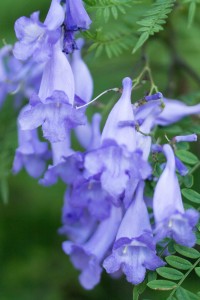 Changeability and rushing are some of the imbalances that are transmuted by Jacaranda (Jacaranda mimosaefolia) flower essence from the Australian Bush Flower Essence range. The essence is for the personality type that has a tendency to dither being easily distracted by the outside world. It is for those that have difficulty making decisions torn by their ever changing minds. Projects are excitedly started and left incomplete. Driven by insecurity there might be a tendency to go back and forth over the choices with no clear focus on which direction to take.
Changeability and rushing are some of the imbalances that are transmuted by Jacaranda (Jacaranda mimosaefolia) flower essence from the Australian Bush Flower Essence range. The essence is for the personality type that has a tendency to dither being easily distracted by the outside world. It is for those that have difficulty making decisions torn by their ever changing minds. Projects are excitedly started and left incomplete. Driven by insecurity there might be a tendency to go back and forth over the choices with no clear focus on which direction to take.
One reason so few of us achieve what we truly want is that we never direct our focus; we never concentrate our power. Most people dabble their way through life, never deciding to master anything in particular. ~ Tony Robbins
The Jacaranda flower essence supports centredness, decisiveness, being clear-headed and quick-thinking. For these qualities it has been included in the Calm and Clear and Cognis combination essences of the ABFE range.
If you’ve made a New Year’s resolution for 2013 think of taking Jacaranda flower essence to help you manifest your intention being centred, decisive and focused.
© 2013. Annette Zerrenthin
Pixie Mops – Feel the warm embrace to your heart
When I look at Pixie Mops (Petrophile linearis) I feel a warm embrace of my heart. Its downy flower curling around into a soft violet pink cocoon. When first seeing the flower this October at Perth’s Kings Park I was stuck in awe by its unusual form and colour highlighted by the bright midday sun.
And indeed, Pixie Mops flower essence from the Living Essences of Australia range works with the heart, gives it strength and freedom. It supports you when you feel let down or treated unfairly by people; triggering a hardening of your heart, being resentful and hurt in response. It restores within you sensitivity and compassion towards others, allowing you to cut emotional ties that keep you stuck in resentment.
“When you hold resentment toward another, you are bound to that person or condition by an emotional link that is stronger than steel. Forgiveness is the only way to dissolve that link and get free.” ~ Catherine Ponder
The species name Petrophile stems from the Greek petra (rock) and phileo (love), as they were thought to be ‘rock loving’ plants when first described. They are commonly known as Conesticks. Currently 53 species of the shrub that are endemic to Australia have been identified with 47 of them originating in the south-west of Western Australia. The often very downy to woolly flowers form into woody seedheads, referred to as cones. Petrophile linearis, Pixie Mops, is endemic to coastal regions of Western Australia.
© 2013. Annette Zerrenthin
Meeting Southern Cross in the Stirling Range
In October, a long time wish came true to visit and walk the Stirling Range National Park which is located about 340 km south-east of Perth, Western Australia.
The Aboriginal name for the range, Koi Kyenunu-ruff, means ‘mist moving around the mountains’.
The Stirling Range is internationally recognised as one of the world’s 34 hotspots for biodiversity. This biodiversity is a result of the multitude of conditions of this landscape with mountain peaks, sheltered valleys, windswept lowlands and moist gullies. The Stirlings are home to more than 1,500 species of flowering plants and 80 of those only exist in the range.
My heart jumped with delight when seeing the multitude of wild flowers during my visit in the height of the Spring wild flower season. Sometimes I come face to face with flowers that I’d been studying and using as a flower essence practitioner and these encounters are akin to meeting someone in person you have known for a while but never met.
Here in the Stirling Range I met up with Southern Cross.
Southern Cross (Xanthosia rotundifolia) is an herb from the large Apiaceae family that includes carrots, parsley and fennel. With about 20 species Xanthosia are endemic to Australia and 11 of those can only be found in Western Australia.
The common name Southern Cross comes from the resemblance of the flower to the constellation of the same name.
Southern Cross flower essence is available in the Australian Bush Flower Essence and the Living Essences of Australia ranges.
The essence from the Australian Bush Flower Essence range supports personal power, taking responsibility and being positive. It allows you to take responsibility for the circumstances you find yourself in instead of succumbing to a victim mentality and blaming the circumstances itself for your lack and misfortune in life.
The life we want is not merely the one we have chosen and made. It is the one we must be choosing and making. ~Wendell Berry
It also helps us opening up to the abundance around us, overcoming poverty consciousness.
Southern Cross flower essence from the Living Essences of Australia range supports positive aspects of acceptance, empathy, wisdom, understanding and awareness. It is indicated for being judgemental helping us to put ourselves into the shoes of others overcoming judgemental attitudes and short sightedness stemming from inexperience, arrogance or a sheltered life.
In summary, both essences deal with aspects of a belief that focuses on judgement of others either by shifting blame towards others and circumstances for our lack of achievement or by being judgemental due to a lack of understanding and short sightedness. They support us in taking responsibility for our lives and with this comes a feeling of having personal power which in turn allows for wisdom and empathy to blossom.
© 2013. Annette Zerrenthin
Change, the only constant
“Life is a series of natural and spontaneous changes. Don’t resist them – that only creates sorrow. Let reality be reality. Let things flow naturally forward in whatever way they like.” – Lao Tzu
Beginning where I ended my last blog with this quote by Lao Tzu there is a flow taking place that is asking to write on change. It was sparked this week, when I listened to a program about astrological aspects of the current Uranus – Pluto square while initially wanting to write about Bottlebrush flower essence. Co-incidentally, both are about change.
The Pluto – Uranus square is about major changes that are shaking up all aspects of our lives – personal, political, institutional, banking and big corporations. It allows for old patterns to be released, to clear them, for transformation to take place. Uranus apparently let’s us see new perspectives, allowing for new insights and therefore, to support the letting go of the old. These planets moved into this position sometime in 2011, setting in motion the wheel of change. It impacted me personally late last year, when I resigned from a permanent job in the media I’ve had for 20 years to set up my own business in complementary health. Not having a regular income has brought with it anxieties, yet at the same time, I’ve never know myself being so congruent with what I do for a living and who I am, my interests and joys in life. Now my life has started to move again, to be in flow, where before I felt stuck and unmotivated, without direction. It is, as if the seed that has been planted a long time ago has taken hold of the earth, is sprouting and breaking through the earth to be seen.
The more often we are confronted with having to change, the more we learn to deal with and respond to constant change. This in turn allows us to be able to handle its dynamics and as a result, be in the flow of life. You can find out more on the astrological aspects when following the links below, while I will highlight some flower essences that can be of support when being confronted with change.
Bottlebrush, an essence from the Australian Bush Flower Essences (ABFE) range, helps you deal emotionally with major changes in life that may include starting school, getting a job, redundancy, marriage, divorce, buying or selling a house, retirement, moving interstate or to another country. Also including the two major changes in life … birth and death. These events can involve feelings of uncertainty, apprehension or overwhelm. When taking the Bottlebrush essence, it allows a person to flow through life and its changes. It fosters the ability to let go of the past and move ahead into new experiences. Bottlebrush is also part of the ABFE Emergency Essence.
From the Desert Alchemy range, Prickly Pear Cactus encourages adaptability to situations and events in our life. It helps us find a state of active surrender to what is and supports our awareness in being synchronous with the events in our lives. The essence supports the harmony between feelings, thoughts and intuition and resulting in taking action when the time is right. “The strengths, calm and centredness that is fostered within us by Prickly Pear Cactus can allow us to wander the earth and always feel at home.” (Cynthia Athina Kemp Scherer in ‘The Alchemy of The Desert’)
You can take Bach’s Rescue Remedy for a sudden shock, emotional upset or in a stressful situation at work or home.
For further reading here are some websites on the Uranus – Pluto square.
http://www.lunarplanner.com/Uranus-Pluto-Square/index.html
http://darkstarastrology.com/uranus-square-pluto-horoscopes-2011-2012-2013-2014-2015-predictions/
http://www.alanoken.com/newsletter/Aug11_C.htm
© 2013. Annette Zerrenthin
Sunshine Wattle – Let the Sunshine in
When I just had enough of Melbourne in Winter with the day cast in grey skies, whipped by fierce southerly winds and rain showers I am greeted by masses of soft and bright yellows covering trees and shrubs everywhere in gardens, parks and the country side. Bathing my eyes in the sunny bright yellow colour of Wattle flowers brings sunshine into my heart and hope of Spring being just around the corner.
In Australia, there are around 1000 variants of the Acacia species or Wattle as they are commonly known here. The seeds from some 120 varieties have been used as foods by indigenous Australians for at least 6000 years. The roasted seeds have coffee, chocolate and hazelnut characteristics and can be used in desserts, cakes and as coffee substitute. I recently enjoyed a delicious spicy chai made with wattle seeds.
The flower essence Sunshine Wattle (Acacia terminalis) from the Australian Bush Flower Essence range helps to bring about acceptance of beauty and joy of the present … as when seeing a flowering shrub on a grey, cold day and smiling with joy. The essence supports people who had a difficult past and who are stuck there in their thoughts bringing the past into their present. It encourages optimism and joyful expectation.
“What, I sometimes wonder, would it be like if I lived in a country where winter is a matter of a few chilly days and a few weeks’ rain; where the sun is never far away, and the flowers bloom all year long?”
… and truly thinking of Melbourne in Winter I am reminded of those words by British actress Anna Neagle and I know I live in that country.
© 2013. Annette Zerrenthin
Chicory … the girl left behind waiting in vain
Chicory, is a common sight along roads and in meadows in the European summer. The German name for the plant ‘Wegwarte’ (Waiting by the way) emphasizes its symbolism in old folk tales of a girl left behind, waiting faithfully but in vain for the return of her lover.
With its bitter taste, the plant has been valued for its healing qualities for liver and gall bladder disorders, poor digestion, nervous exhaustion, diabetes, loss of appetite.
Chicory can be used as a tea or coffee substitute and its close relative, the endive, is used in salads.
As a flower essence, Chicory helps with behavioural patterns that are characterised by a possessive attitude, tendency to interfere and manipulate, and a feeling of insufficient love and appreciation. Edward Bach compared the positive Chicory state with the archetype of the ‘universal mother’ that gives without expecting anything in return.
© 2013. Annette Zerrenthin
The mystery of the Queen of the Night Cactus
On my recent visit to the Botanic Gardens in Potsdam, Germany I had the rare opportunity to witness the flowering of the Queen of the Night Cactus. The insignificant looking cactus produces huge flowers 15 cm in diameter that open once a year during the night only and fade at dusk. Its fragrance reminds of the irresistible combination of chocolate and vanilla.
The Shoshone Indians of the Death Valley use the root and stems as a cardiac stimulant, helpful for tachycardia arrhythmia, vague chest pain and shortness of breath that may be associated with overuse of tobacco and caffeine. They call the plant ‘pain in the heart’.
The Desert Alchemy flower essence range offers a Queen of the Night flower essence that supports feminine qualities of receptivity, subtlety, darkness, intuition, psychic vision, and deep feeling. It helps those who have difficulty connecting with their intuition or those who ignore / not honour what is instinctively felt to be right. It assists with being connected to all life through our inner mysteries.
© 2013. Annette Zerrenthin

